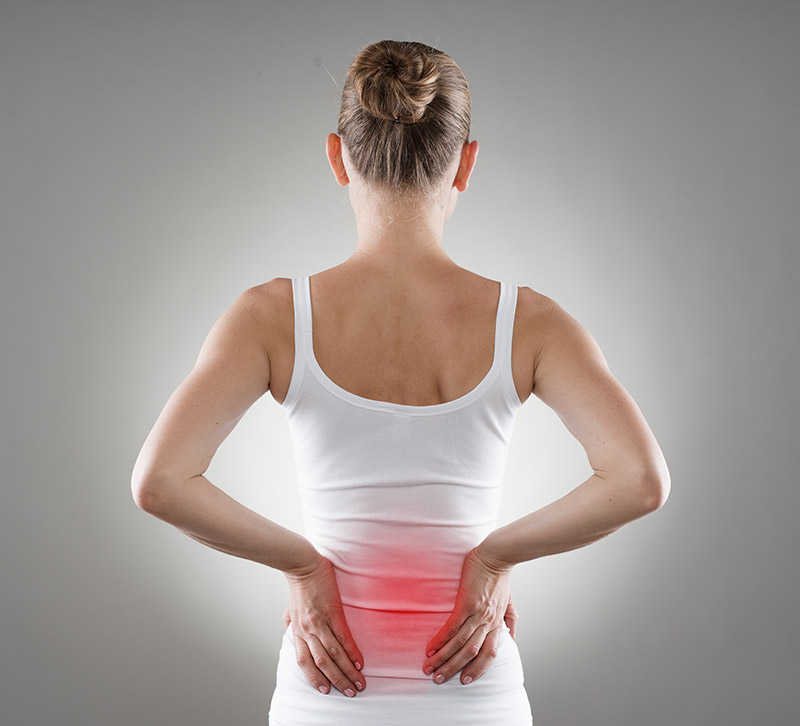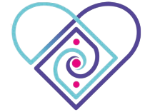(Aether Bios Clinic) Bridgeford’s Best Bites: Osteopathy Tips
SLIPPED DISC
 This is a common term referring to a condition describing the loss of normal structure and shape of the spinal discs. It is actually defined as a herniated disc, prolapsed disc or bulging disc and it can be extremely painful if it presses on nerves. Slipped discs are a widespread problem and whilst difficult to treat, they can respond very well to treatment.
This is a common term referring to a condition describing the loss of normal structure and shape of the spinal discs. It is actually defined as a herniated disc, prolapsed disc or bulging disc and it can be extremely painful if it presses on nerves. Slipped discs are a widespread problem and whilst difficult to treat, they can respond very well to treatment.
Anatomy: The discs between each of the vertebrae are pads that act like shock absorbers in the spinal column by keeping the vertebrae separated when there is impact from activity. They also serve to protect the nerves that run down the middle of the spine and intervertebral discs. Each disc is made up of a tyre-like, tough outer band called the annulus fibrosus and a gel-like inner substance called the nucleus pulposus.
Symptoms: These vary depending on the location of the disc weakness and whether the prolapse/herniation interferes with a pain sensitive structure. The most common symptom is pain, usually occurring in the lower back, but also in the neck. If the disc presses on the sciatic nerve, you may also feel pain radiating into the hips and legs; or radiating into the arm, if in the neck. There may be numbness or tingling in the limbs and shoulders, or possibly muscle weakness and you may struggle to straighten your back or neck. Sometimes the pain can start in the back or neck then seem to disappear only to be replaced with leg or arm pain or vice versa. Although rare, a complete herniation can cause paralysis of the foot and leg and loss of control of the bladder and bowel. Not all slipped discs cause symptoms and some people will never know they have slipped a disc.
Causes: The disc wall usually breaks down over a long period of time as a result of abnormal loading through the disc. This can be a result of poor spinal mechanics, poor muscle support, poor posture, past injury, or bad working habits. This can happen because of ageing, over exercising, lifting heavy objects the wrong way, vibration from driving or operating machinery, being inactive/sedentary or overweight.
Diagnosis: This is usually based on symptoms, medical history and other health conditions as well as any obvious causes, such as accidents. Diagnosis may include physical examination, X-ray, or MRI scan.
See a GP urgently or go to A&E if you have back pain and you: got it after a serious accident, such as a car accident; have numbness around your bottom or genitals, lose feeling in one or both legs, can’t pee or can’t control when you pee or poo, have a very high temperature or you feel hot and shivery, have unexplained weight loss, have a swelling in your back.
Treatment: The most common treatments of slipped discs include pain relief, rest, heat packs or a tens machine and exercise – it may be painful at first but it is important to keep moving. Gentle exercise that doesn’t put too much strain on your back helps to maintain strength and stops you getting too stiff.
See a GP if your painkillers aren’t helping or the pain is no better after a month. They might prescribe a stronger painkiller, a steroid injection or a muscle relaxant to use in the short term. If your symptoms don’t get better your GP might recommend further tests, like an MRI scan. In more rare cases, pain relieving injections and surgery can also be used.
Osteopathic treatment can be very effective if caught in the first 6 weeks and your condition is not too severe.
Prevention: Maintain good back strength and posture, always use a proper lifting technique, exercise regularly and maintain a healthy weight. Avoid smoking as nicotine weakens the disc tissue.
Osteopathic/Manual Management: Take a detailed case history to understand the nature of the problem and surrounding issues. Examine the spine, neck and all areas leading to the site of pain; muscles, ligaments, nerves, fascia, etc., for movement, strength and functionality and assess motor nerve pathways. Consider the effect of the condition on the whole body. Perform orthopaedic and neurological tests. Treat to reduce any swelling, muscle tension and pain and improve joint alignment. Advice regarding specific strengthening and stretching exercises as well as postural/ lifestyle advice. Treatment may include manipulation, deep soft tissue massage, trigger point therapy, muscle energy techniques, fascial techniques, dry needling, etc.
We are happy to advise you on your health matters.
Lin Bridgeford DO KFRP MICAK MICRA FSCCO MSc
Registered Osteopath & Kinesiologist & Yoga Teacher
Aether Bios Clinic
Saltdean
01273 309557
07710 227038
